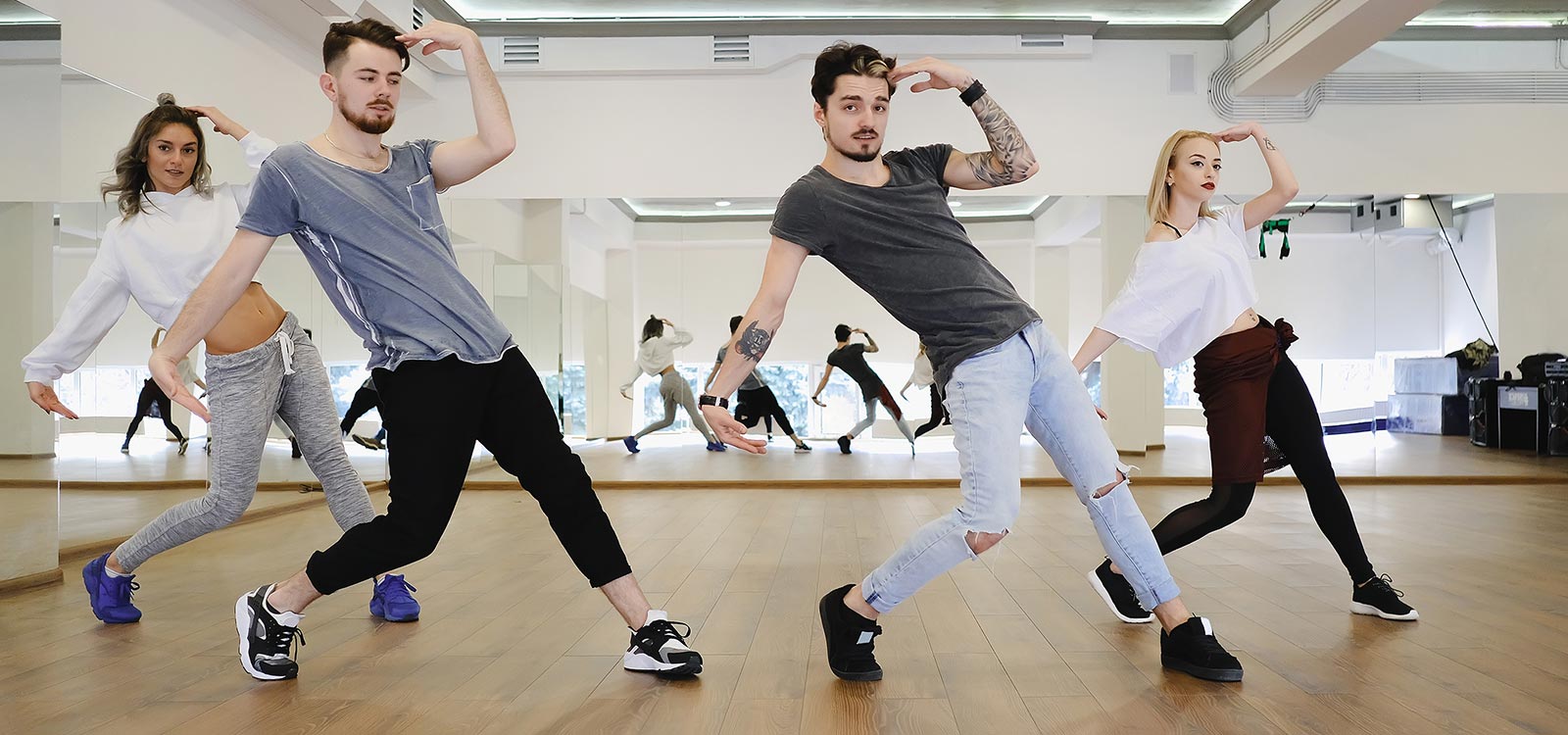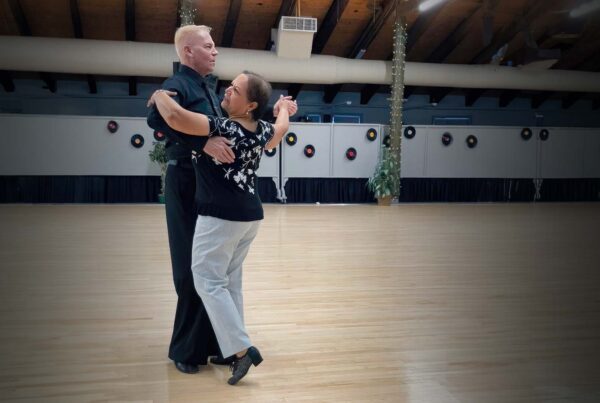The Lara Spencer Good Morning America incident has created a flurry of discussion and interest in the whole issue of boys (and men) and dance. Perhaps the entire controversy will help to shed positive light on the issue, along with cultural change.
In case you’ve been on an isolated beach the past few days, Lara Spencer ignited a massive response when she laughingly referred to Britain’s Prince George studying ballet.
As a result of the outcry, she immediately apologized, both on social media and on her show. On Instagram, Spencer wrote: “My sincere apologies for an insensitive comment I made in pop news yesterday. From ballet to anything one wants to explore in life, I say GO FOR IT. I fully believe we should all be free to pursue our passions. Go climb your mountain–and love every minute of it.”
Spencer also made a statement on air Monday morning, where she featured an interview with male dancers including Travis Wall, who talked about the benefits of dance and the bullying they went through as boys. “I screwed up. I did,” she said. “It was stupid and I am deeply sorry. I’ve spoken with several members of the dance community over the past few days.”
She went on to explain that “For me the lesson is that words hurt, and it was not my intention, but it was insensitive and I thank you all for giving me the opportunity to apologize personally to you and for you guys coming in here to talk to me and to educate me and, again, I’m really sorry.”
The response from the public has largely been one of gracious support for boys who dance. People in the know recognize that our culture needs to stop bullying on this issue and start understanding that dance is one of the best physical activities, just as valuable as any other sport in building strength, stamina and conditioning, while also adding the benefits of balance and mature partnership communication. A new social media hash tag, #boysdancetoo, was launched to support the message.
Cultural shift
Our North American culture has somehow come to a place where “girls dance, men play football.” I’m not exactly sure where this shift took place. As recently as WW2, boys and men dancing was accepted as almost a social necessity. Throughout the war, dance halls were filled with young men making an impression with their fancy footwork. One of the key scenes in the motion picture “It’s a Wonderful Life” is the Charleston party where Jimmy Stewart and Donna Reed fall into the pool. It’s a great visual of the social acceptance, by boys, of dance in the 1940s.
So what happened?
I’m not really sure why things changed, nor why it happened so quickly. Some analysts writing about this shift suggest that the change in attitude began in the 1960s, with the more casual approach to dance that no longer involved formal steps and technique. I tend to think they may be right. Before that, there was an understanding that dancing involved a bit of learning and discipline. Boys and men can relate to that, just as they know they have to be trained to ride a motorcycle, drive a stick shift car, or skydive. They knew that they would learn dance steps to prepare them for social interaction and accepted that they had to get training, and from another man.
With the new freedoms of the 60s, that was thrown out the window. The idea was that you just needed to kind of move the feet and body to the music. Unfortunately, with no formal guidance, men were lost. Women would teach one another but who could men turn to for the information they needed to look good on the dance floor? Dance schools didn’t teach those dances. Men generally don’t want to get this kind of training from a woman. As a result, men felt uncomfortable and began to avoid dancing, fearing that their untrained movements would look awkward. Which, to be honest, they often did.
Some analysts writing about this shift suggest that the change in attitude began in the 1960s…
When I attended high school, the boys who danced were bullied pretty severely and I have to admit that I joined in on those negative jibes. Already by then dancing was no longer seen as a properly masculine activity. In just a couple of decades, everything had changed.
Benefits of dance for boys (and men)
Hopefully, the awareness brought about by the GMA incident will continue to shed light on the benefits of dance.
Improves Physical Fitness
All forms of dance are intensely physical. Besides the physical improvements, the social and psychological benefits are just as valuable, as they relate to real-life social interaction.
Builds Self-Confidence
Although there is the challenge of dealing with the unnecessary bullying, boys who dance ultimately grow up to be supremely confident as a result of the skills they gain.
Motivation and Discipline
Dance class activities involve learning skills and seeing improvements, which require discipline and motivate them to keep working to improve. Focus and concentration are developed as well.
Improved Motor Skills
Dance involves the use of various body parts that need to be carefully coordinated, building great motor skills. On top of that, these movements are coordinated to music, unlike other sports.
Encourages Self-Expression
The longer boys are involved in dance, the more comfortable they become in learning to express themselves through body movement. That leads to even greater confidence.
Balance and Posture
Dance requires a strong core and builds a great sense of balance. This improves posture and presence in any setting, including work and business later in life.
Leadership
Learning to dance overcome a variety of challenges. While this process builds confidence, one of the key benefits that I’ve observed has been the growth in maturity among boys who dance. They learn to work in close partnership with girls, which creates a mature understanding of communication and teamwork that is rarely found in other sports where boys primarily team up with other boys. In addition, the civility of dance further develops their ability to tap into leadership roles quite comfortably.
Dance is, in my view, a vital man skill that every boy should learn.
You may also like this article on dance as an essential man skill













